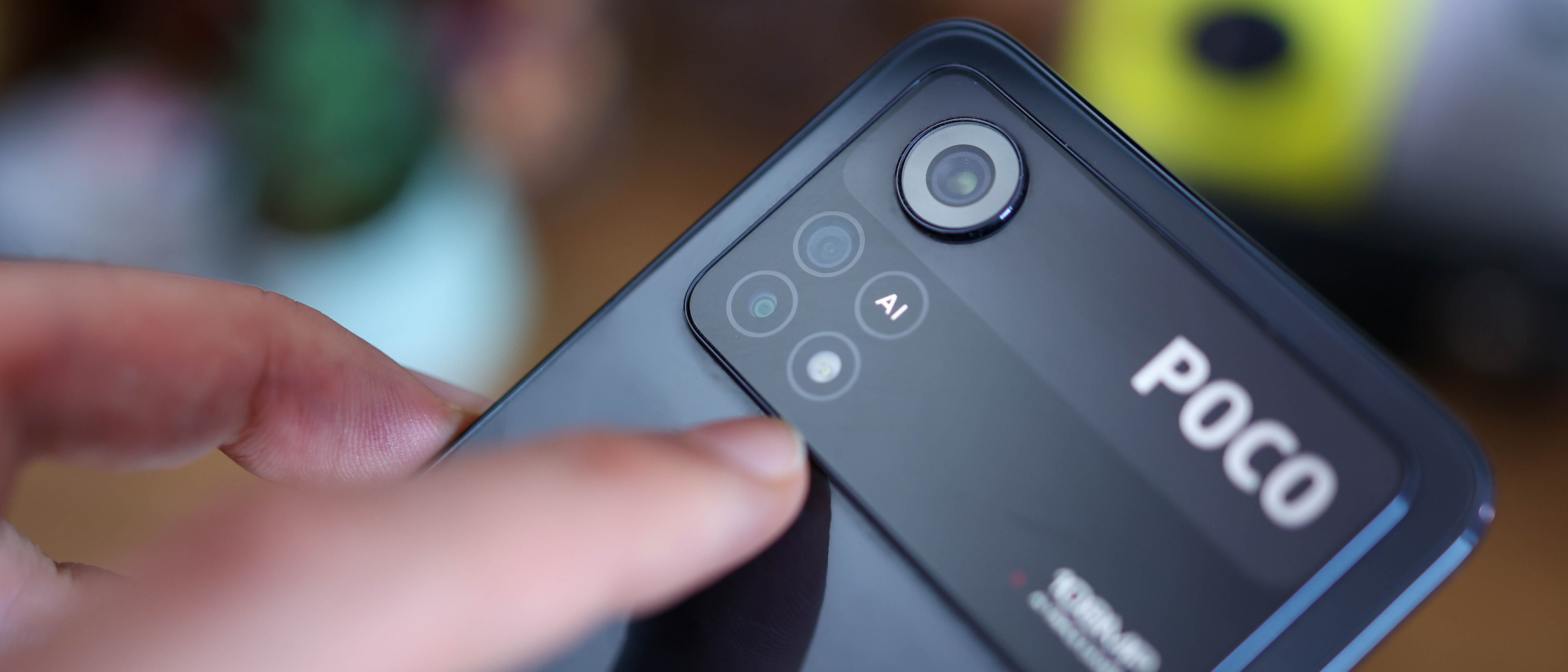Digital Camera World Verdict
Costing less than the virtually identically specced Redmi Note 11 Pro 5G, the Poco X4 Pro sports a much bolder styling that probably won't be for everyone. Nevertheless, if you can stomach its huge camera bump, you get a lot of phone for a relatively modest price. The camera is good, but not the best in class, however, the screen, battery life, charging speeds, and available storage capacities all sweeten the deal.
Pros
- +
Brilliant 120Hz AMOLED screen
- +
Impressive battery life
- +
Impressive value
Cons
- -
Good, not great cameras
- -
Weak gaming performance
- -
Huge camera bump
Why you can trust Digital Camera World
Xiaomi's Poco X4 Pro 5G is clearly aimed at young (or young at heart) folks who want maximum bang for their buck, and don't mind attention-grabbing design. It shares the same spec sheet as the Redmi Note 11 Pro, but its styling is louder and its pricing lower.
That means the phone's biggest competition comes from the Realme 9 series, which includes the budget camera phone champion of the moment – the Realme 9 Pro Plus.
With the same 108MP camera we first saw on the Redmi Note 10 Pro – one of the best budget camera phones we've tested, an ultra-wide and macro camera, as well as a 16MP selfie camera, its specs look on-point for the price.
Also read our guide to the best Android phones.
The phone also sports an impressively smooth screen, a glass back, and it charges quickly, with 67W charging. Setting you back £269 (around $340), it's one of the cheapest 108MP camera phones we've seen, and its stereo speakers, up to 256GB storage capacity, and 120Hz refresh rate all help it sound great on first impression.
Also see: Best budget camera phone of 2022
Poco X4 Pro 5G: Design and screen
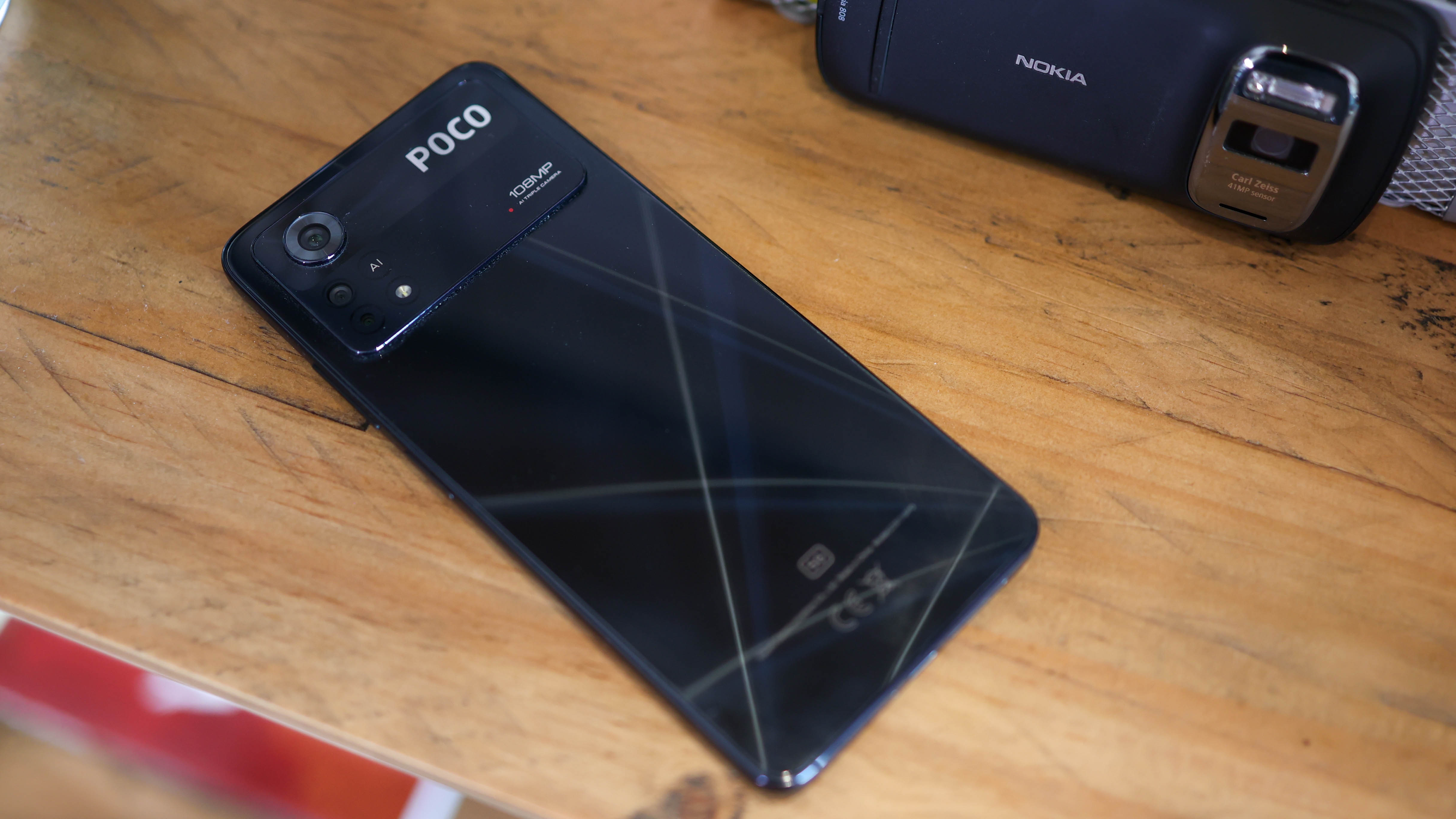
A mixture of glass and plastic, the Poco X4 Pro 5G has a flat, glossy back that catches the light to create a spotlight-style beam of crossed light striped across its reflective finish.
The Poco X5 Pro loves clinging onto fingerprints, there's no getting around that fact, but there's also a case in the box, and a pre-fitted screen protector on the front, as well as IP53 certification, so the phone can handle a splash.
At the top of the phone is an IR blaster, so it can control a TV or sound system using the pre-installed Mi Remote app. There's a 3.5mm headphone jack at the bottom, along with the phone's USB-C port and dual-SIM slot, and there's a volume rocker and power button along the side.

The most notable design choice the X4 Pro 5G showcases is its big, bold, in-your-face camera bump. Purely aesthetic, the camera mix on this phone is identical to that of the Redmi Note 11 Pro, whose camera bump is much subtler.
If you like its styling, which is available in blue, yellow, and black, then the Poco X5 Pro 5G offers loads of value for money – more on that later. If you just can't get past the design, though, check out the Redmi Note 10 Pro or 11 Pro 5G.
As for the screen – it's stellar for the price, with a zingy AMOLED panel sporting a smooth 120Hz refresh rate at the heart of the experience.
The screen's big at 6.67 inches, and with wide Full-HD resolution, competitively sharp. Bright and vibrant too, the Poco X4 Pro 5G is a perfect phone for watching on, so will be especially suited to folks who need a media player from their mobile.
Poco X4 Pro 5G: Camera specs
The Poco X4 Pro 5G packs a 108MP camera sensor matched with an f/1.9 lens. It captures 12MP stills by default, and video at up to 1080p.
The phone's 8 MP ultra-wide camera is powered by a decent Sony IMX 355 sensor and has an f/2.2 lens with a 118˚ field of view, and the 2MP fixed-focus macro camera uses a tiny GalaxyCore GC02M1 sensor (1/5"). Selfies are shot on a small 16MP OmniVision sensor with measuring 1/3.06", matched with an f/2.4 lens.


Shooting modes go beyond the standard Photo, Portrait, Video, Night and Pro modes to include 108MP, Short video, Panorama, Document, Slow motion, Time-lapse, Long exposure and Dual video modes. We like Xiaomi's camera UI in so far as it's customizable, like OnePlus and Samsung's interfaces.
Poco X4 Pro 5G: Camera performance
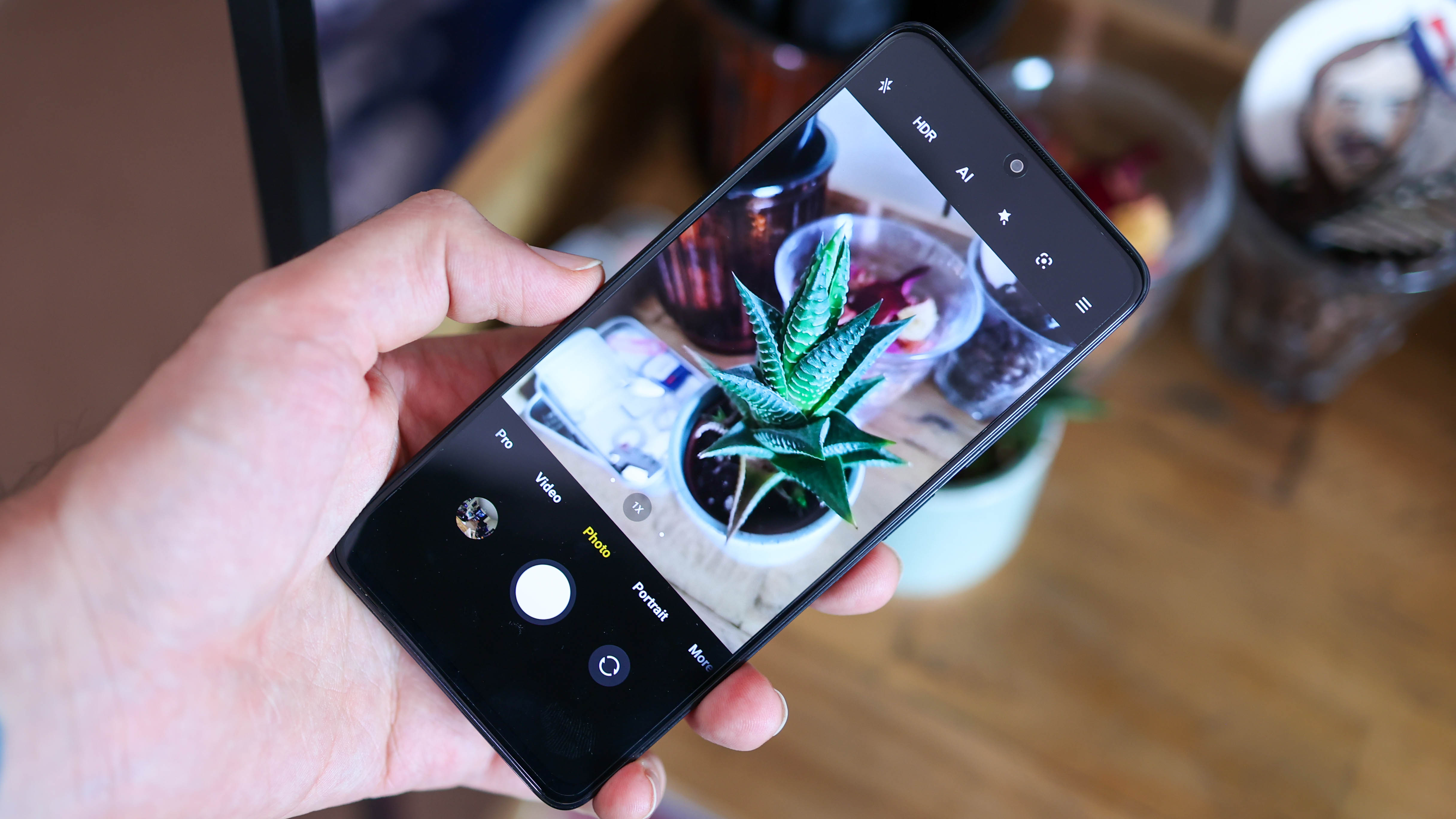
While the Poco X4 Pro 5G misses out on RAW capture, if you install a third-party app, like Manual Camera, you can access 12MP RAW photos, rather than 108MP true RAW images. Unfortunately, there's no way to unlock 4K video.
Despite this limitation, the phone's camera still takes good-looking photos and video, with stills that are packed with detail and showcase respectable dynamic range. Contrast is high, sharpening is aggressive, and with the 108MP camera producing 12MP photos, reverse engineering this processing is pretty destructive.
As with the Redmi Note 11 Pro, shooting in 108MP mode gives enthusiasts more wiggle room when editing their photos. As you can see from the example below, we could extract a lot of shadow and color detail from a full-resolution photo.
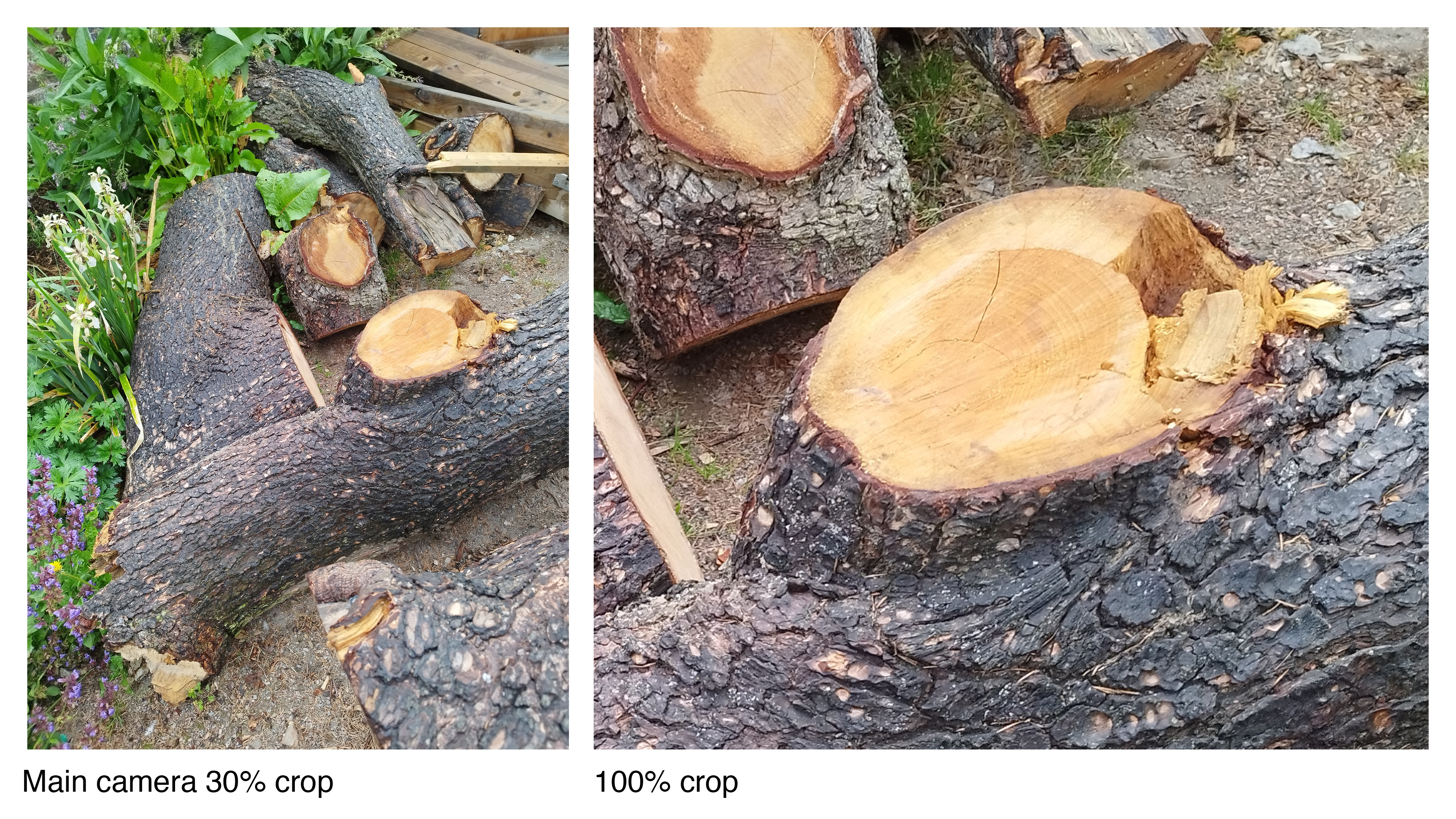

Even if you just want to shoot in auto mode, the Poco X4 Pro 5G will take a great photo outdoors. Portraits are realistic, with more Panasonic-like, cool characteristics than Canon's warmer take on skin tones. Detail is fair too.
The camera sensors are capable of respectable levels of dynamic range, though Xiaomi's photo processing dials this back on first impression with its high contrast. White balance was accurate in our tests, and across the two sensors, color-matching was fair, artificial lighting and low light, in general, is where the wide and ultra-wide camera start showcasing different colors.
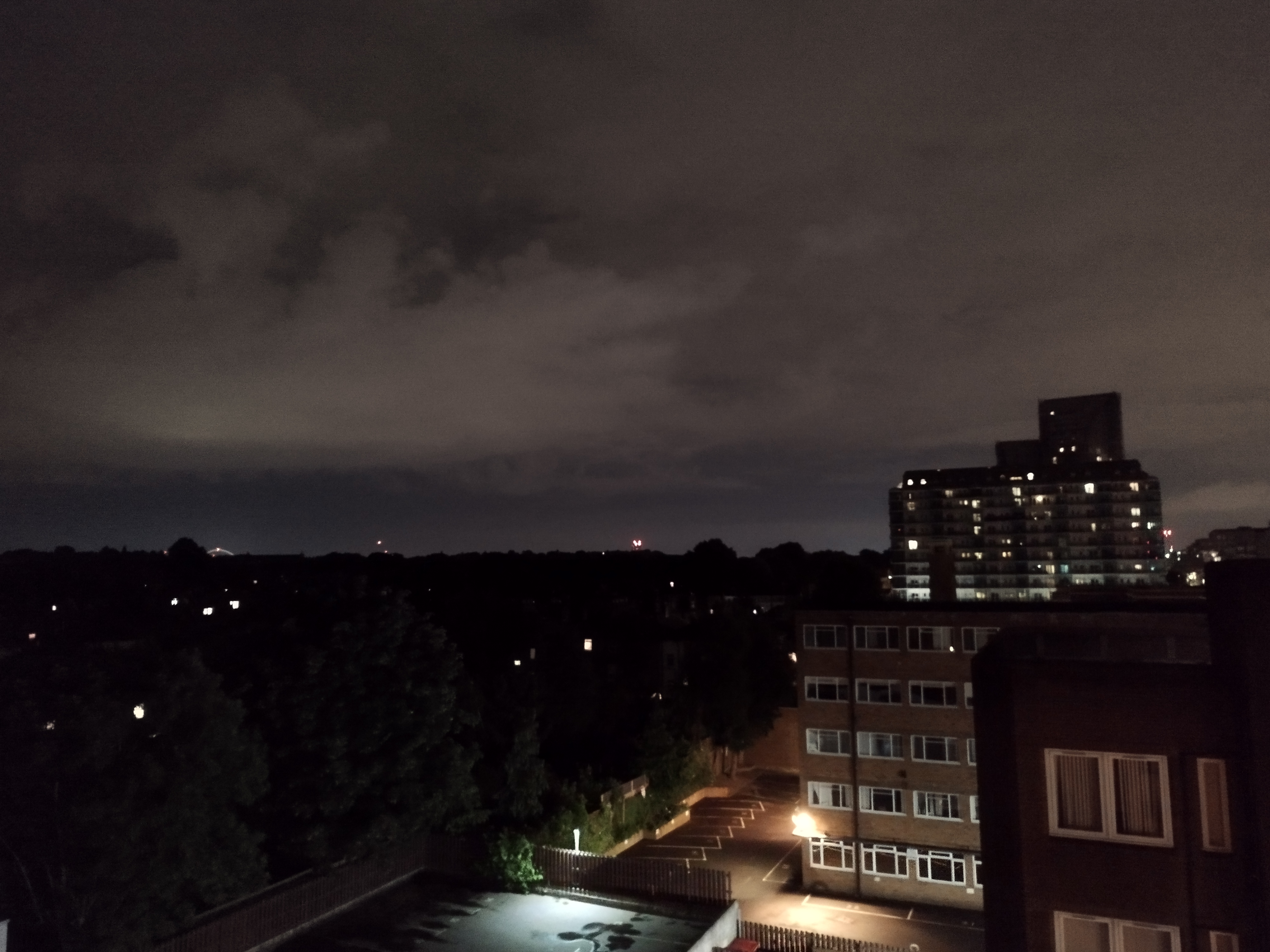
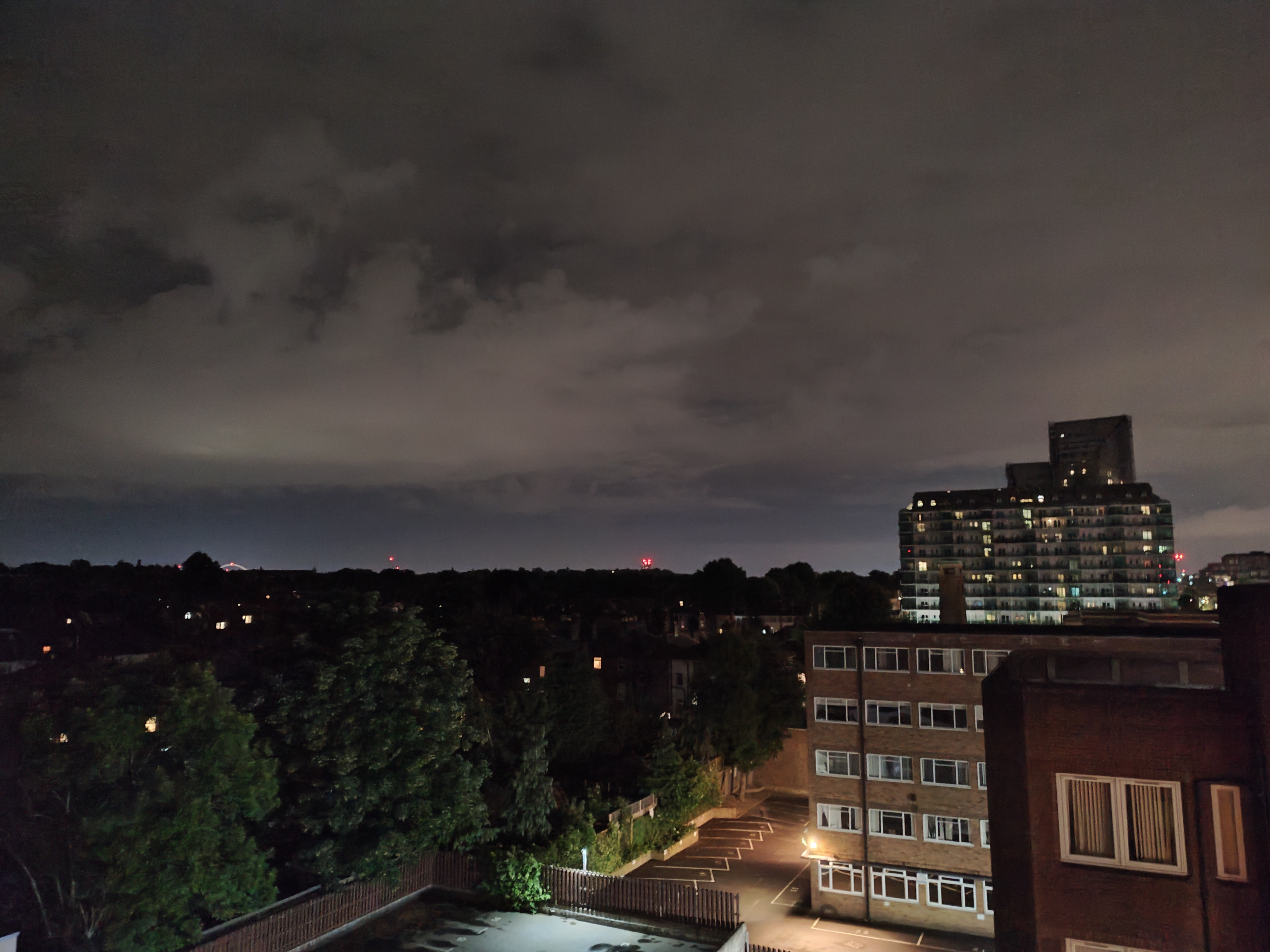







Whether you fire up night mode or not, the Poco X4 Pro 5G outperforms cheaper competition like the Realme 9 and Realme 9 5G. Its noise handling is exceptional for the price, and while in automatic mode there's a natural darkness to photos, in night mode, you can grab some more exposed low-light photos that take advantage of computational photography.
It's a real shame the X4 Pro's video caps out at 1080p 30fps, because its footage doesn't look bad, and we know its 108MP sensor is capable of 4K capture.
Despite no OIS, the EIS does a fine job of holding a frame steady, and that extends to selfie video too, which holds up well in bright scenes – ultimately making the Redmi Poco X4 Pro a good camera phone at its price. but not an excellent one.
Poco X4 Pro 5G: Additional specs
With its Snapdragon 695 5G, the Poco X4 Pro isn't the mightiest phone at its price, though with an ample 6-8GB RAM and 128-256GB storage, and a memory card slot, you still have some flagship-grade numbers in the mix.
The high refresh rate helps the phone look and feel fast, with slowdown only occasionally creeping in. Xiaomi’s interface, MIUI, which sits on top of Android 11 is heavy, so fans of a more stock Android experience should look to phones from Motorola or Nokia.
As for gaming and processor-intensive tasks, image editing in Lightroom wasn't too painful, even when exporting large 108MP photos. Gaming is a bit more of a grind, especially when playing top-tier titles like Genshin Impact – minimum graphics settings only.
Despite this, 2D titles, including the new Streets of Rage 4, which many would argue is the pinnacle of 2D mobile gaming played back great on the phone.

Xiaomi includes a giant 5,000mAh battery in the Poco X5 Pro, and it performed exceptionally, lasting a full day with about 30-40 percent remaining. Conservative use could easily eke out two days from it, and with fast 65W charging, it also powers up in a little over 45 minutes.
Poco X4 Pro 5G: verdict
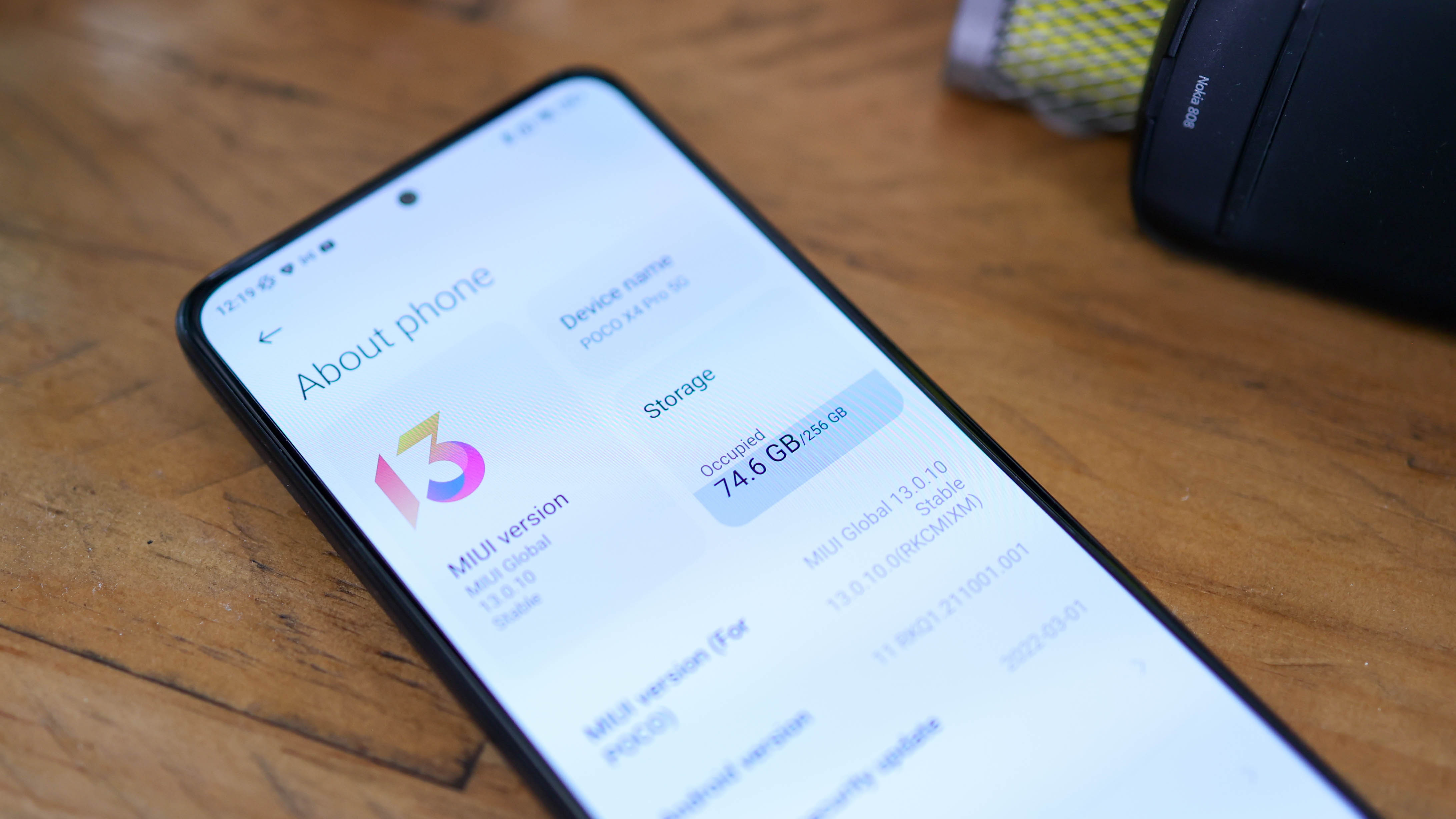
The Poco X4 Pro 5G is a low-cost, high-impact phone that's big in every way – from its styling to its pixel count, screen size, and that battery – all big. Bang for buck is therefore the name of the game here, but that isn't necessarily the case specifically when it comes to the camera. Last year's five-star Redmi Note 10 Pro actually outperforms the X4 Pro 5G's camera despite costing less.
With 5G connectivity, and an across-the-board competent feature set matched with good, not great photography capabilities though, Xiaomi's Poco X4 Pro 5G can still take an excellent photo, and is generally pretty easy to recommend at the right price.
Read more
• The best camera phones you can buy today
• The best phablets
• Which is the best iPhone for photography?
• The best gimbals
• Best phone cases
Basil Kronfli is a freelance technology journalist, consultant, and content creator. He trained in graphic design and started his career at Canon Europe before moving into journalism. Basil is also experienced in video production, independently running the YouTube channel TechEdit, and during his time at Future, he worked alongside the Digital Camera World team as a senior video producer.
